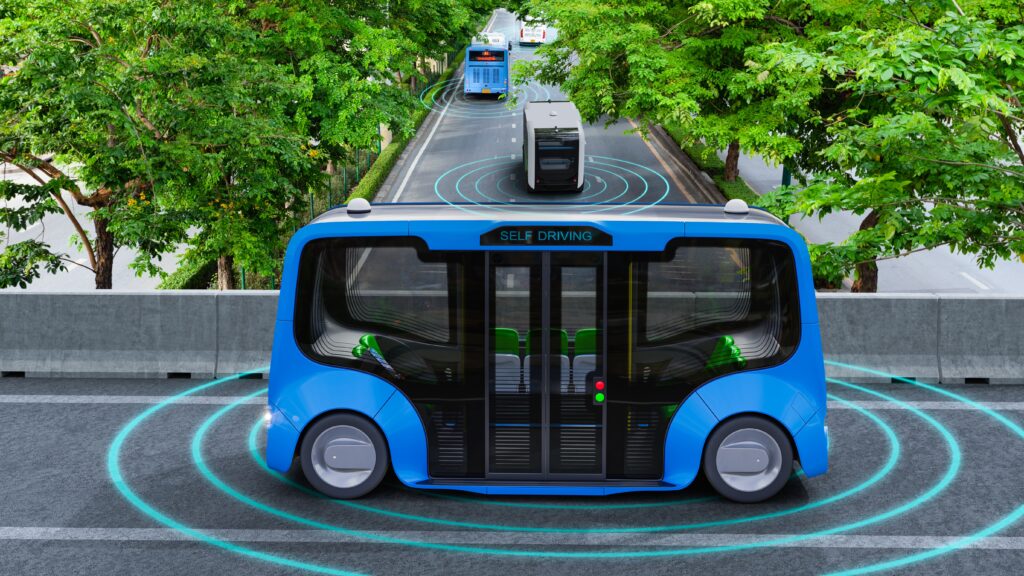Even before pandemic-related travel restrictions upended transportation systems globally, Mobility-as-a-Service (MaaS) solutions were gaining traction. At its core, MaaS acts as a unified digital platform that efficiently services a user’s travel needs—across all transit modes including shared mobility and public transport—to provide an alternative to private car journeys. While the pandemic continues to impact individual mobility patterns and behaviours, it is accelerating several key components of MaaS, including significant advancements in autonomous services. Today, there is a golden opportunity to reevaluate our urban mobility systems in ways almost unthinkable a year ago. In other words, the pandemic and the extraordinary circumstances it has unleashed is being touted as a turning point for crowded cities, and how we navigate them.
Accelerating the demand for MaaS solutions
The flexibility that MaaS offers is perhaps its most valuable asset at a time when uncertainty lingers over our daily mobility decisions. In the era of digitalisation, people have greater expectations to travel seamlessly and plan trips with a touch of button. This concept is at the heart of MaaS, which offers users a combination of multimodal transport methods—from trains and buses to car sharing and electric bicycles—that are flexible and fully tailored to individual needs. While public transport methods like buses and trains saw a steep decline in ridership caused by prolonged lockdowns and a general anxiety over a lack of social distancing, the pandemic seems to be accelerating a significant change in mindset as people choose alternative methods of transportation they may not have considered previously. More importantly, it is accelerating change and a drive for sustainable solutions from mobility players, OEMs, and regulators.
Future of mobility
MaaS has the potential to make our mobility solutions more resilient and agile—and help us prepare for future unforeseen crises. The pandemic has brought together players from the private and public sector in an unprecedented way, leapfrogging us years into the future in terms of collaboration and innovation. Even more vital is the rise of major investments in future mobility. This year, the world’s largest retailer, Walmart, was part of a funding round that raised $2.75 billion for General Motors’ self-driving start-up Cruise. The investment raised the company’s valuation to more than $30 billion and signalled a new era of big business throwing its weight behind next-gen MaaS solutions. Getaround, an online car sharing service that allows drivers to rent cars from private car owners, has raised nearly $600 million in funding—a development that seemed far-fetched during the height of the pandemic when the company laid off a quarter of its staff. Another player speeding up its entry into the mobility scene is Apple, which reportedly plans to launch its self-driving iCar in 2024. All of this points to a resurgence in interest from both automotive OEMs and tech giants to build a mobility system that is software-defined and sustainable.

MaaS in a post-Covid world
In the short term, we have adjusted our travel habits for the sake of protecting public health, but our mobility needs will no doubt bounce back with resiliency. While the long-term impacts of the pandemic are difficult to predict, shared mobility solutions and contactless technologies are sure to play a bigger role in the future of MaaS. The pandemic has indeed fuelled an urgency for digital solutions that use data to promote better efficiency in our transportation systems—and this call will only grow louder in the months and years ahead. Technology innovators like Cubic Telecom lay at the centre of the MaaS ecosystem, enabling new and exciting ways to enhance tomorrow’s mobility solutions.
Learn more about Cubic’s Solutions

